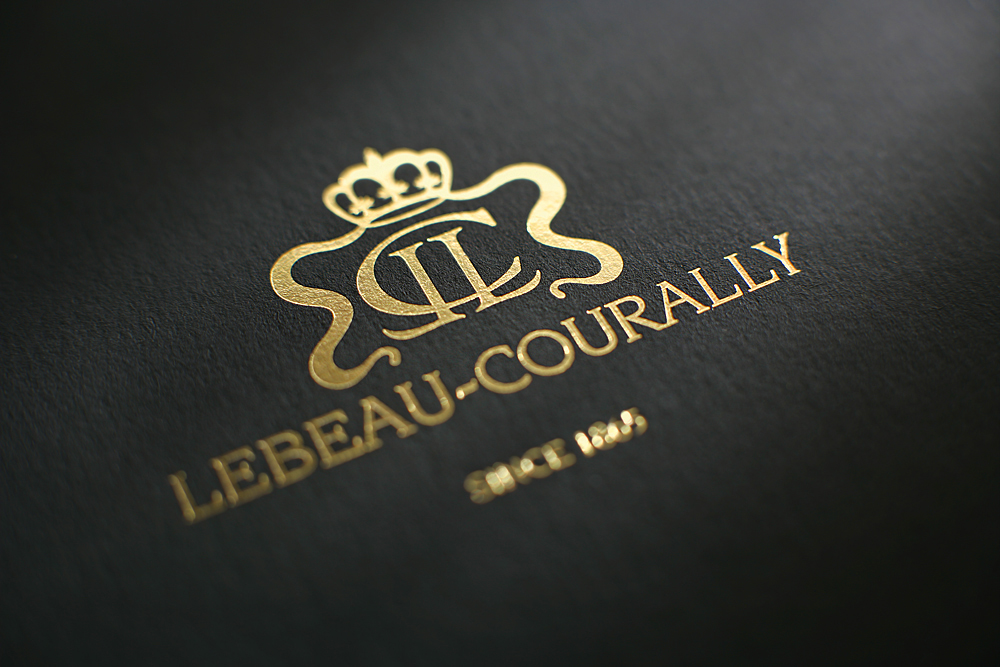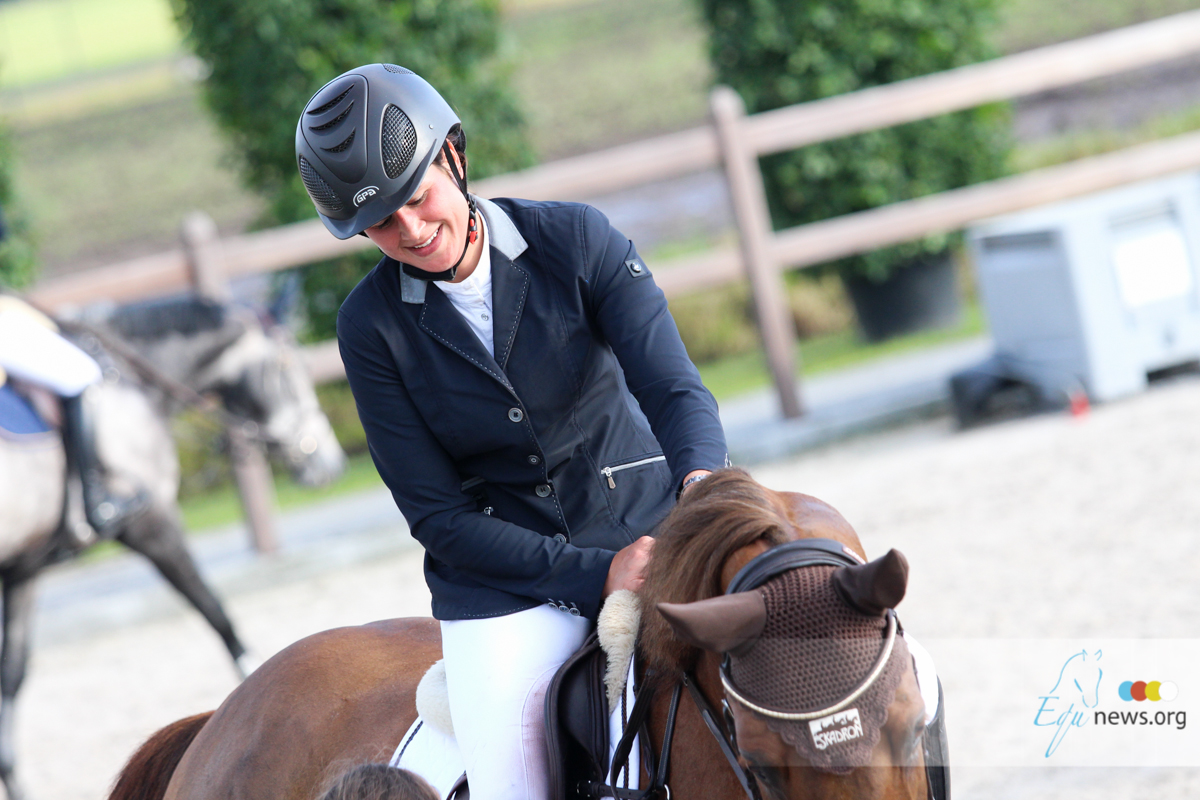They are both staples, or should that be stables, of Britain's social season, attracting hordes of horsey types, high-class schmoozers and the odd royal. But if you were invited to attend a horse trials or a polo match, would you know how to behave, what to wear or the right words to utter? If the prospect of putting your foot in it has you quaking in your Hunter wellies, then Celestria Noel is here to help. Hailing from the upper echelons of Britain's class system, Noel is a former diary columnist for Harpers & Queen magazine and the author of Debrett's Guide to the Season -- an indispensable guide to some of Britain's swankiest social events. The golden rule "Don't frighten the horses!" says Noel. It doesn't take much to startle a highly trained and most probably high-strung horse. "Don't open your umbrella, toot your car horn, make sudden movements or a loud noise near a horse," she says. "They are dangerous at both ends and uncomfortable in the middle," she adds, reprising an old saying. Ladies should also watch what they wear. "It's not the time to wear your bright red lipstick, your most jangly jewelery or your highest heels. And not anything floaty or flyaway like a scarf that could come undone." Clotheshorses for courses Don't be fooled into thinking that all horse events require the same sorts of attire. Your wardrobe will vary not only for the event you are attending but also the occasion. Take polo, for example. "Most polo is very, very casual and not a great spectator sport," Noel says. "But two or three times a year there are big social events which are the finals of major tournaments -- The Cartier Queen's Cup, the Veuve Clicquot Gold Cup and the Audi International -- where people dress as for a summer wedding. "Normally you would just wear jeans and sit on the grass." Eventing is also more dress down than dress up. "Horse trials are practical and rustic and you get a complete range of people," she says. "It's basically jeans, t-shirt and some sensible shoes. If you are invited into a sponsor's marquee or a smarter members' enclosure, then you might want to wear a blazer and just occasionally men might wear a jacket and tie. "Horse trials are not 'see and be seen' events. They are mainly attended by people who are keen." But under no circumstances should you come dressed as if to ride -- unless you are a competitor. "It would be very embarrassing to wear fashion jodhpurs if you are just spectating," Noel cautions. Tread carefully You may now look the part, but that won't count for much if you don't learn the lingo and customs which, if ignored, will expose you as horsey heathen. "You wouldn't say someone 'took a toss' or were 'thrown' from their horse. Either you fall off or the horse falls, which is called 'having a fall," she explains. "Another real faux pas is to call eventing and horse trials 'showjumping.' Showjumping is one of the disciplines within three-day eventing." Posh dosh Commercial sponsorship has transformed the fortunes of equestrian events in recent years, according to Noel, bringing money, a touch of glamour and a global guest list. "You used to get a few old colonels, their ladies and horsey daughters. Now they are very slick and international. You'll see people from China, Europe, America, everywhere." Celebs of varying grades are also frequent attendees nowadays, but it's not the place to pull out your autograph book. "The correct etiquette with celebrities at a really horsey event is to completely ignore them," Noel says. Rubbing shoulders with royalty If you're really lucky, you might also bump into royalty -- a daunting prospect even for seasoned pros like Noel. "Particularly the Queen, she's really scary," adds Noel, referring to Britain's Queen Elizabeth II. "Well, she isn't (scary) in herself, she does her best to make you feel absolutely fine and is a complete professional, but there is something about her -- all those years, the aura and everything." If you get an invite to the Cartier Queen's Cup at Guards Polo Club near Windsor, then prepare to mingle with Her Majesty -- she always presents the prizes, says Noel. Men should remove their hats and bow their head as she passes, Noel advises, while women should do a little bob. Dedicated royal watchers might also want to head to Gatcombe Park -- Princess Anne's 200-acre country estate, which routinely hosts horse trials. The Princess Royal, as she is also known, is widely regarded as one of the most down-to-earth members of the British royal family, but you should still greet her in the proper manner. "If she sticks out her hand to say 'how do you do,' you take her hand and say 'how do you do' back and at the same time you do a little bow or bob your head (for the ladies) - not an attention-seeking stage curtsy," Noel says. "She is a senior royal and it is correct to do it even if you don't see other people doing it." Toast your success Above all, enjoy the spectacle and remember one thing, says Noel. "Secretly, an awful lot of these events are a wonderful excuse for a mid-week, mid-afternoon drink."
LOL: Equestrian etiquette: How to hobnob with the horsey crowd
-
categories: Lifestyle



